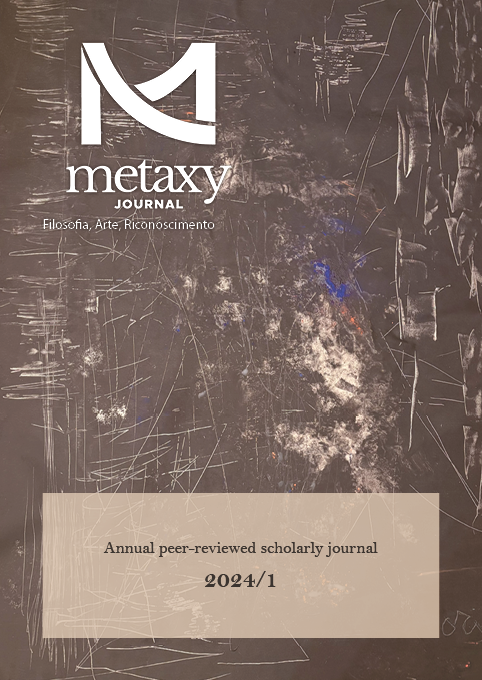El reconocimiento de la imago mundi a través de la ciudad
Parole chiave:
Ciudad, sagrado, profano, imago mundi, mundoAbstract
Las personas que viven en un mismo espacio temporal y en el mismo lugar tienen una misma idea de mundo. Esta imago mundi deja huella en la configuración de la ciudad. El hombre religioso concibe el espacio como no homogéneo, con escisiones, donde lo sagrado se manifiesta y funda el mundo. En torno a esta hierofanía la ciudad crece protegida por una muralla que separa el espacio sagrado del profano. En la ciudad antigua y medieval este centro genera el tejido urbano y la muralla lo contiene. Con el desarrollo urbano, los avances científicos y tecnológicos y la llegada de la Revolución Industrial la ciudad crece sin límites. El derrumbe de las murallas, que permite el crecimiento de la urbe, significa progreso y libertad, pero rompe también la separación establecida entre lo sagrado y lo profano. El hombre no religioso que vive en la ciudad contemporánea ya no siente el mundo sagrado, lo que se manifiesta también en la morfología de la ciudad.
##submission.additionalFiles##
Pubblicato
Come citare
Fascicolo
Sezione
Licenza

Questo lavoro è fornito con la licenza Creative Commons Attribuzione - Non commerciale - Non opere derivate 4.0 Internazionale.


